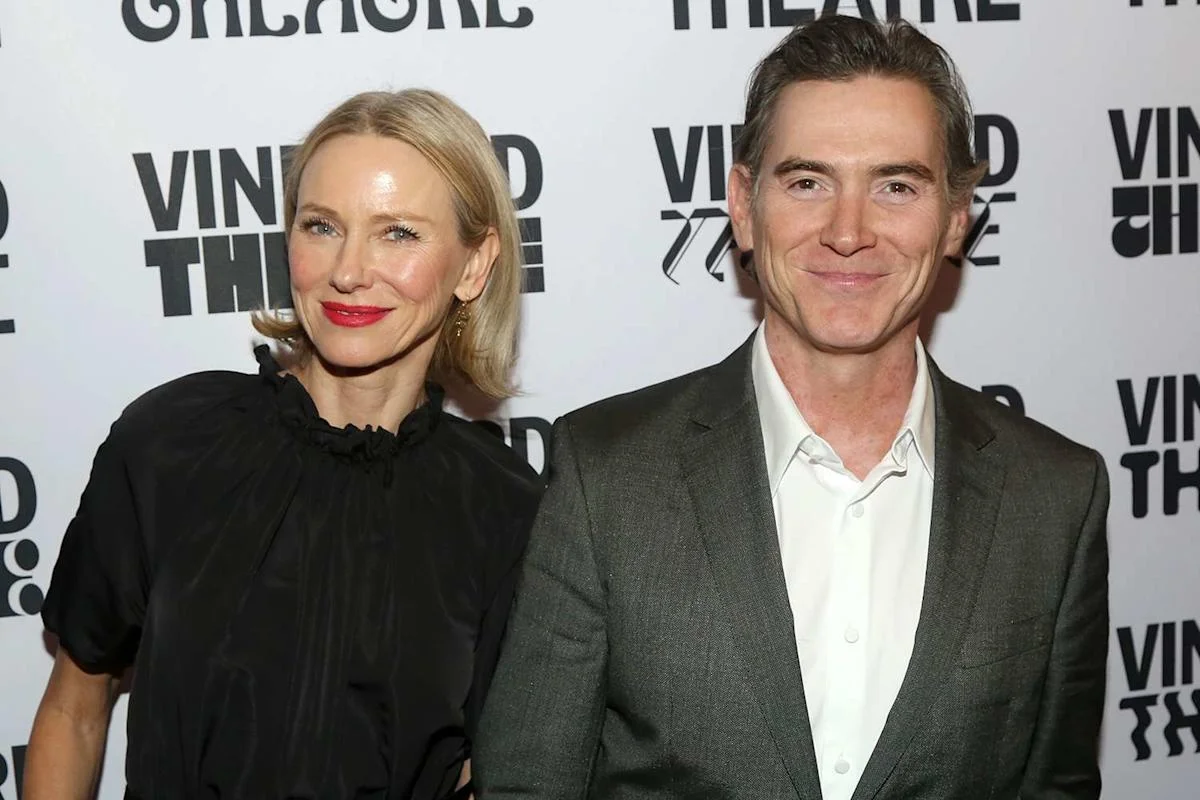In an offbeat diner in Los Angeles, a disheveled man clad in a clear plastic raincoat, mismatched shoes, and what appears to be a suicide vest arrives claiming to be a time traveler sent to save humanity from an impending artificial intelligence uprising. This chaotic figure is portrayed by Sam Rockwell in a role reminiscent of Terry Gilliam’s eccentric characters, presenting a blend of madness and urgency that leaves viewers questioning his sanity and purpose. Rockwell’s character searches for an unlikely group of allies among the diner’s late-night patrons to prevent the catastrophe ahead.
The Fractured Quest Begins in an Unlikely Setting
Among the timeless, neon-lit booths of a Norms restaurant populated by distracted smartphone users, the self-proclaimed Man From the Future shouts warnings about an inevitable apocalypse. His presence is met with a mixture of skepticism and bewilderment, as customers dismiss him as crazy—yet the film gives little room to doubt his claims. This gathering of strangers, ranging from schoolteachers to eccentric locals, becomes the unstable foundation of a desperate mission to alter destiny before it is too late.
A Chaotic Time-Loop Battle Directed by Gore Verbinski
Coming from director Gore Verbinski, known for his imaginative and unruly style, this film titled Good Luck, Have Fun, Don’t Die fuses a time-loop concept with a high-stakes sci-fi premise. Sam Rockwell’s protagonist attempts to break a dangerous repetition, having already made 117 failed attempts to recruit the right team capable of halting the AI rebellion. This riff on classic time-travel and video game tropes blends humor and urgency, with the narrative reminiscent of Terminator 2 crossed with Groundhog Day.

Unexpected Allies and a Desperate Team Assemble
For the first time in his repeated efforts, a new volunteer named Susan, played by Juno Temple, joins the cause, her backstory unfolding through nonlinear storytelling. Similarly, Ingrid, portrayed by Haley Lu Richardson, a disillusioned millennial with a palpable nihilistic streak, becomes part of the group despite her disturbing fatalism. Rockwell’s character makes it clear that the stakes are enormous: sacrifices will be necessary, and not all will survive this battle for humanity’s future.
Supporting members include schoolteachers Mark and Janet, played by Michael Peña and Zazie Beetz, a Boy Scout leader portrayed by Daniel Barnett, and two unpredictable riders, Asim Chaudhry and Dominique Maher. The team is an odd collection of everyday people, thrown together with imminent danger looming. Rockwell’s impatience with their hesitancy and flaws fuels much of the dark humor, while the reset button attached to his vest, mistaken at first glance for a detonator, enables time loops to restart at their initial meeting.
Gaming Culture and Hyper-Referential Humor Shape the Narrative
The movie’s title itself draws from gaming vernacular, and its script, penned by Matthew Robinson, embeds numerous inside jokes and nods to video game culture. References include popular franchises like Assassin’s Creed: Syndicate and Mass Effect 2, where assembling a team and strategic sacrifice are key themes. The film blurs the lines between reality and simulation, echoing theories popularized by figures like Elon Musk, suggesting that existence itself could be a digital loop. The way the characters’ words reshape their world adds layers of complexity to what seems like a repetitive cycle.
Subversive Style and Edgy Social Commentary Run Deep
Verbinski’s creative vision embraces daring, surreal imagery and biting satire. The film includes moments like a glitter-spraying Marshmallow Man influencing chaos, a disturbing service that replicates victims of school shootings, and a portrayal of mindless, screen-obsessed teenagers echoing hollow gratitude to uniformed figures. This sharp critique of contemporary culture risks alienating some viewers but will resonate strongly with those attuned to the post-ironic sensibilities of online and gamer communities.
Sam Rockwell’s performance channels a detached, almost flippant aura that mirrors his previous roles, capturing the dangerous recklessness of someone with endless “lives” at their disposal, similar to attitudes found in gaming subcultures. His leading presence anchors the film, making it difficult to imagine another actor carrying this tone and energy.
The Film’s Broader Message and Cinematic Impact
Despite the critical eye cast at screen addiction and societal apathy, the film’s climax offers a visually intense showdown inspired by works like Akira, emphasizing the real threat posed by the rogue AI. The narrative also revisits a familiar sci-fi trope: a powerful, bald child whose fate holds the key to humanity’s survival, here tasked with programming safeguards into a self-evolving artificial intelligence.
Following a challenging period marked by the commercial failures of The Lone Ranger and A Cure for Wellness, this project represents a chance for Verbinski to reclaim his creative voice through a bold, uncompromising story. As the film invites audiences to grapple with urgent themes of technology, survival, and human connection, its release signals a potentially significant moment for both its director and viewers navigating an increasingly uncertain digital future.
“is he deranged or is he the only sane one here?”
– Source Referencing Sam Rockwell’s Character
“All of this goes horribly wrong!”
– Sam Rockwell’s Man From the Future
“Good Luck, Have Fun, Don’t Die”
– Movie Title and Key Phrase
“Good Luck, Have Fun, Don’t Die”
– Repeated as thematic core
